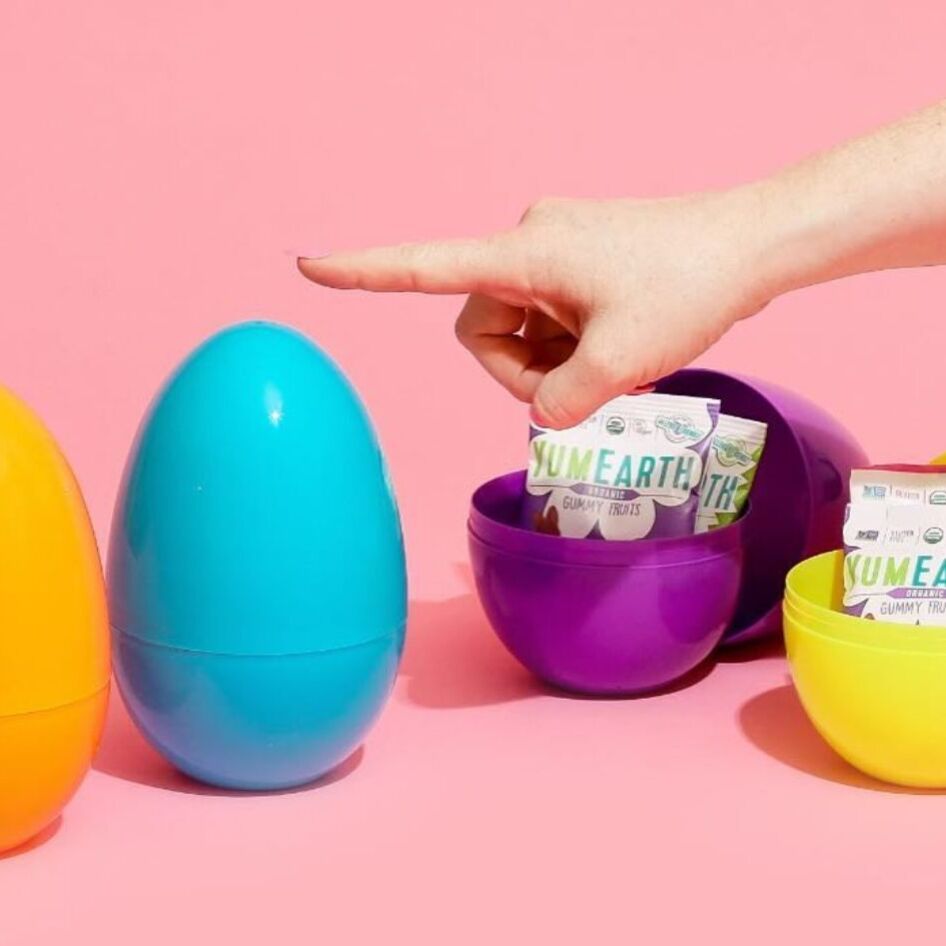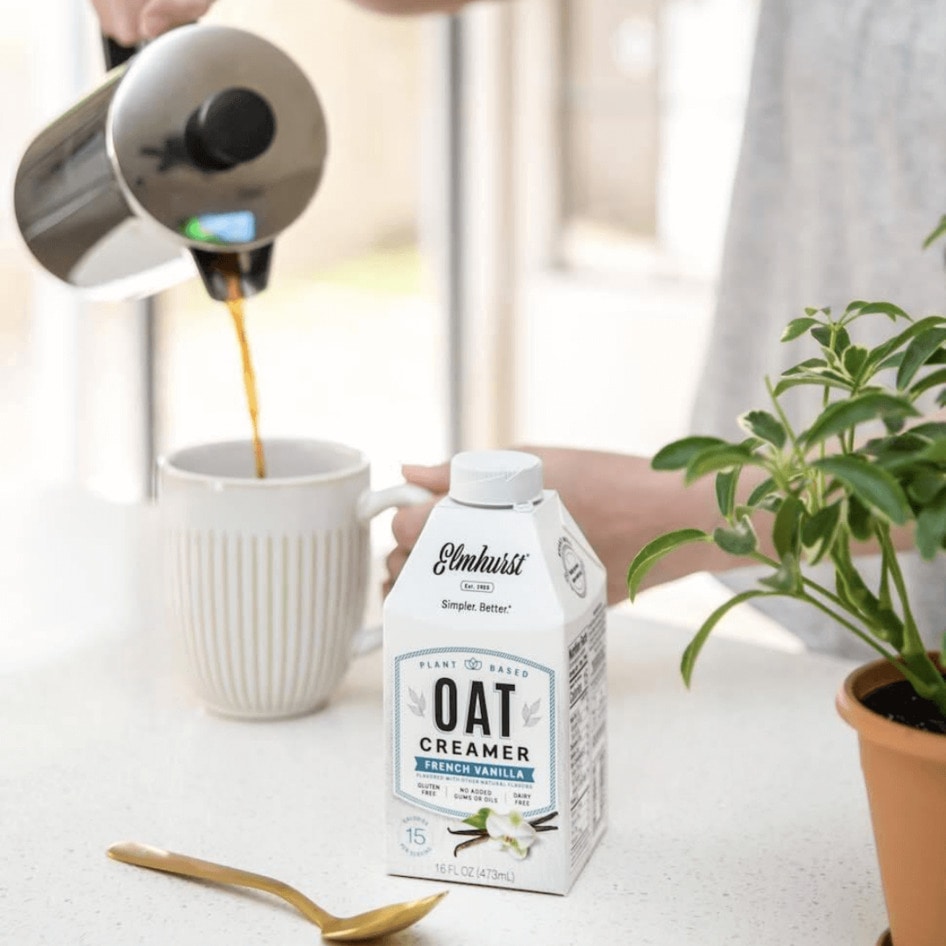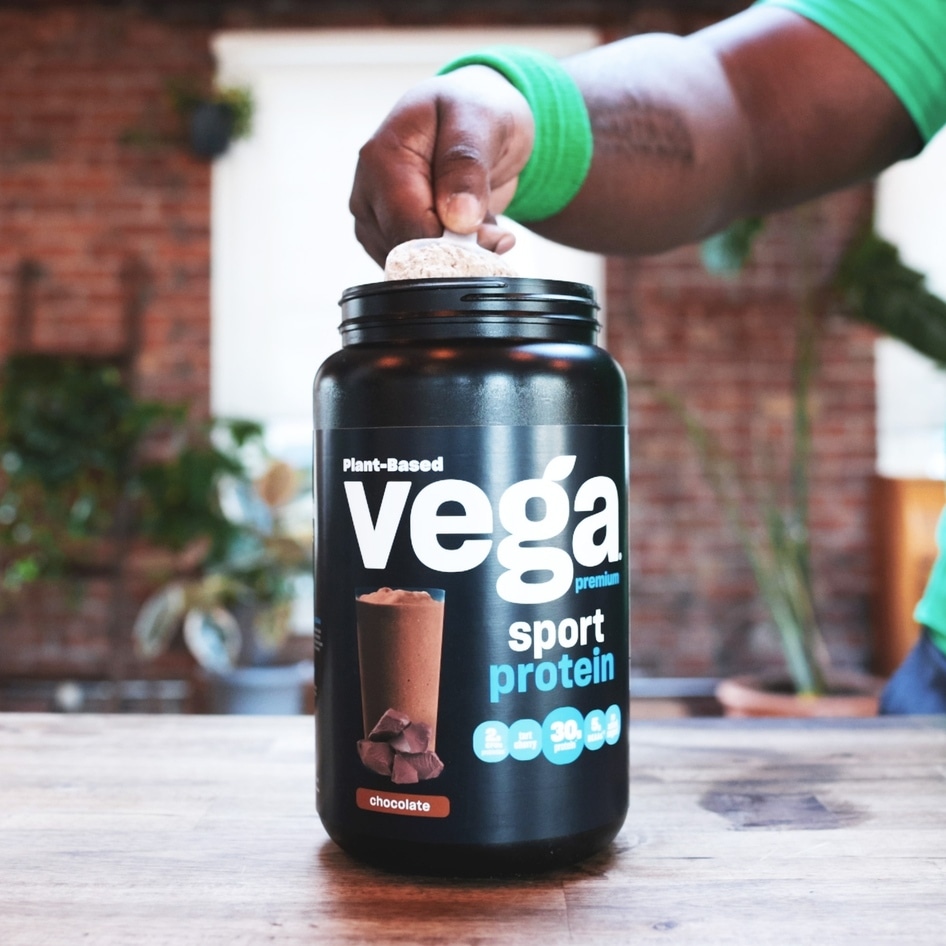10 Surprising Animal Ingredients Lurking on Store Shelves
Vegans know to avoid gelatin, lactose, and honey, but what about those other, unrecognizable ingredients found in packaged foods?
February 23, 2016
From dough made out of duck feathers to a glaze made from crushed bugs, animal-based ingredients are often unknowingly found in products across store shelves. As such, vegans need to be aware of the oft- hard-to-pronounce ingredients found on a package, which becomes problematic because neither the US Food and Drug Administration (FDA) nor the Federal Trade Commission (FTC) has regulations for vegan or vegetarian ingredients. This lack of uniformed definition means the legality of vegan labeling falls under a marketing policy stating that a product label must be “truthful and not misleading.”
A labeling system for food additives referred to “generally recognized as safe” (GRAS) is in place to ensure food safety requirements are met, but vegans are often the ones mislead when the sources (plant or animal) of GRAS ingredients aren’t labeled. Unfortunately, United States law requires labels that distinguish “natural” or “artificial” flavors, but consumers have no way of figuring out what those flavors are because “natural” flavors can be derived from both plants and animals.
To help remedy this labeling confusion, we’ve created a list of popular ingredients every vegan needs to recognize … and steer clear from.
Albumen
A fancy term for egg white, albumen is used in many processed foods such as candy, cake, and cookies. Albumen is also a common fining agent in wine production.
Casein
Casein can be one of the trickier ingredients to navigate because it appears in seemingly vegan alternatives, and because it is found in foods in such small increments, some foods that include casein are labeled as “non-dairy.” However, this does not mean the product is vegan, as casein—which can also come in the form of caseinates such as calcium caseinate, potassium caseinate, and sodium caseinate—is a protein found in the milk of all mammals and makes up 80 percent of the protein found in cows’ milk. Casein is popular in protein powders, as well as paint, adhesives, cosmetics, and textiles.
Confectioner’s glaze
Most commonly used as a coating on candy or other confections, confectioner’s glaze (or “resinous glaze”) is made of 35-percent shellac, an ingredient derived from the secretions of the female lac insect. Found in a variety of non-food products as well such as aluminum foil, furniture polish, and hairspray, confectioner’s glaze has GRAS status in the US.
Isinglass
Derived from the membranes of fish bladders, isinglass is a gelatinous substance most commonly used to clarify wine and beer. Although isinglass is not in the finished product, it is still not suitable for vegans because it is part of the booze-making process.
Lactic acid
When you feel the burn after a good workout, that’s your body producing lactate, or lactic acid. Lactic acid is also a very common additive found in a variety of foods such as soy sauce, sourdough bread, pickled vegetables, wine, candy, and soft drinks, and can also be derived from fermenting whey (milk), cornstarch, potatoes, or molasses. Unfortunately, most commercial producers don’t label the origin of lactic acid, so it’s better to be safe than sorry. Luckily, vegan companies generally indicate that their lactic acid is derived from plant-sources.
L-Cysteine
L-Cysteine is used to preserve and improve the texture of commercial dough and is mostly derived from duck feathers, hog hair (or hooves), or human hair (which is gathered from the floors of salons in China and dissolved in hydrochloric acid before the amino acid is isolated). Synthetically produced L-cysteine can be certified Kosher or Halal, but “natural” cannot. Considered GRAS, this ingredient is labeled when used for function, not for flavor. When it is labeled, the company does not need to specify its source.
Methionine
An amino acid that’s derived from albumen or casein, methionine is often used to maintain freshness in potato chips and can sometimes even be found in tea.
Red 4
A red dye derived from drying, boiling, treating, and crushing cochineal bugs, Red 4 (also known as carmine or cochineal) is used in a variety of products ranging from juice to candy because of its deep red color. Because Red 4 can cause severe allergic reactions in some people, the FDA requires that it be specifically named on ingredient labels.
Vitamin D
Vegans already know that we can get vitamin D from the sun, fortified dairy alternatives, and supplements. Unfortunately, some seemingly vegan products with vitamin D such as orange juice derive vitamin D from non-vegan sources. Although D2 is derived from plant or yeast sources, the more-common D3 can be animal-based, so if it’s a mainstream product, do your research before purchasing. Fatty fish liver, egg yolks, and milk are some of the animal-based origins of the vitamin.
Whey
A common ingredient in processed foods, whey (sometimes in form of whey protein isolate) is well-known for its use as a performance powder. Derived as a byproduct of cheese production and when added to whole milk after coagulation, the curds (solids) separate from the whey (liquid) so they become cheese and the whey becomes protein powder.
JUMP TO ... Latest News | Recipes | Guides | Health | Subscribe







